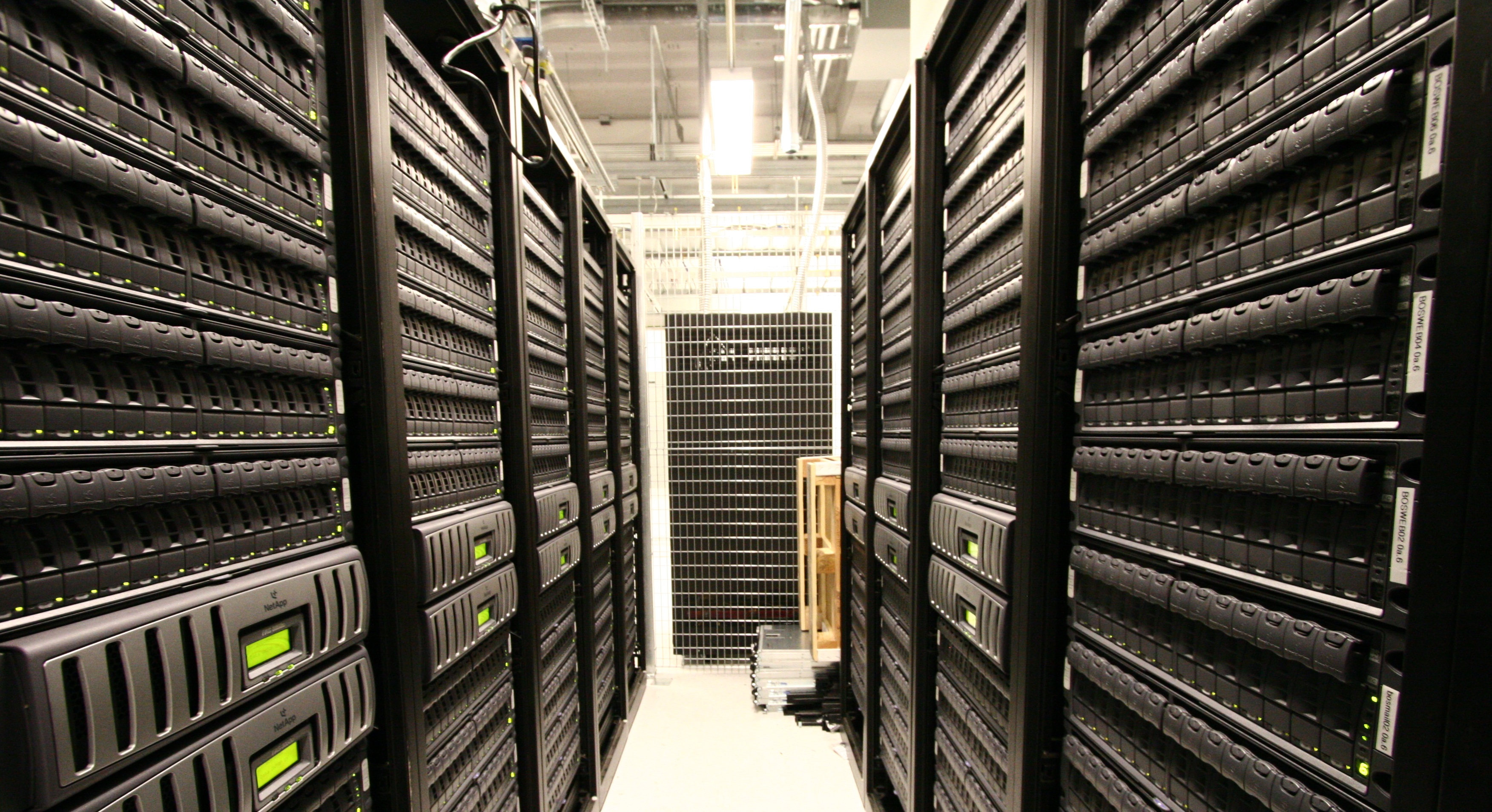Data Center
Viruses, spyware, and network threats get most of the attention, but environmental factors like heat, humidity, airflow, smoke, and electricity can be equally devastating to IT equipment, and thus to a company’s operation. Keep an eye on network closets, server rooms, and enterprise level data centers with fully scalable environmental monitoring solutions MaxTrak has to offer. Configure alert notifications to receive Email, SMS, SNMP or voice call alarms to notify you when something goes wrong. Switch specific outlets on or off on alarm or manually through the GUI.
What You Can Measure
An optimal environmental monitoring strategy includes multiple temperature sensors. These should be placed on top, middle, and bottom of individual racks to measure the heat being generated by equipment, and at the air conditioning system's intake and discharge vents, to measure efficiency. Probes should also be placed around critical devices, because the temperature inside a rack-mounted device could be as much as 20 degrees higher than the surrounding area. A probe near the room's thermostat can help monitor what the thermostat is 'seeing' as it controls the air conditioner.
High humidity may lead to corrosion on electronic components and low humidity levels may cause issues with static electricity.
Moisture and humidity sensors should monitor for leaks inside cooling equipment, potential leaks that come from nearby pipes, or water caused by a flood or disaster. Water sensors should be placed at the lowest point (wherever water would tend to puddle) on the floor, and underneath any pipe junctions. Air-conditioning condensation trays should also be equipped with sensors to detect overflow.
Voltage sensors detect presence or the absence of line voltage. Identify the frequency of brown outs for measuring uninterruptable power supplies and service provider performance.
Electrical failures can cause air-conditioning equipment to shut down even while an uninterruptible power supply (UPS) ensures that servers stay up and running a sure recipe for overheating a server room in short order. The best approach is to monitor current coming into the data center, and arrange for an orderly shutdown of IT equipment in case power is knocked out. The hour or two of downtime is far preferable to the widespread device failures that would result from an overheating condition.
Smoke alarms can trigger power shutdowns. Also, they’re usually not tied to an alerting system that contacts IT personnel. Alarms may be noticed by facilities managers—or the local fire department— but the maintenance of sensitive server equipment is not their top priority. Here, the best approach is to wire the smoke alarms directly into the climate monitoring and alerting system, essentially extending the functionality of the climate sensors to the smoke alarm.
Dry-contact sensors that detect the opening and closing of a door should be installed at the room entry points and on the doors of server and UPS cabinets. On a busy day, these sensors can send alerts numerous times and present a time-consuming irritation, but managers can configure alerts to account for weekday vs. weekend operations, work hours vs. overnights, and other factors to help reduce the number of alerts sent and pinpoint unusual activities.
Real-time surveillance of sensitive areas in the data center and tie into the Web-based console, so administrators can get a first-hand look at the environment wherever they may be.
Determine how much power a specific device or power strip is consuming to help keep an eye on overall energy usage and prevent overloading of power circuit breakers. Turn outlets on or off on alarm or manually through the web-based GUI.
and more...


